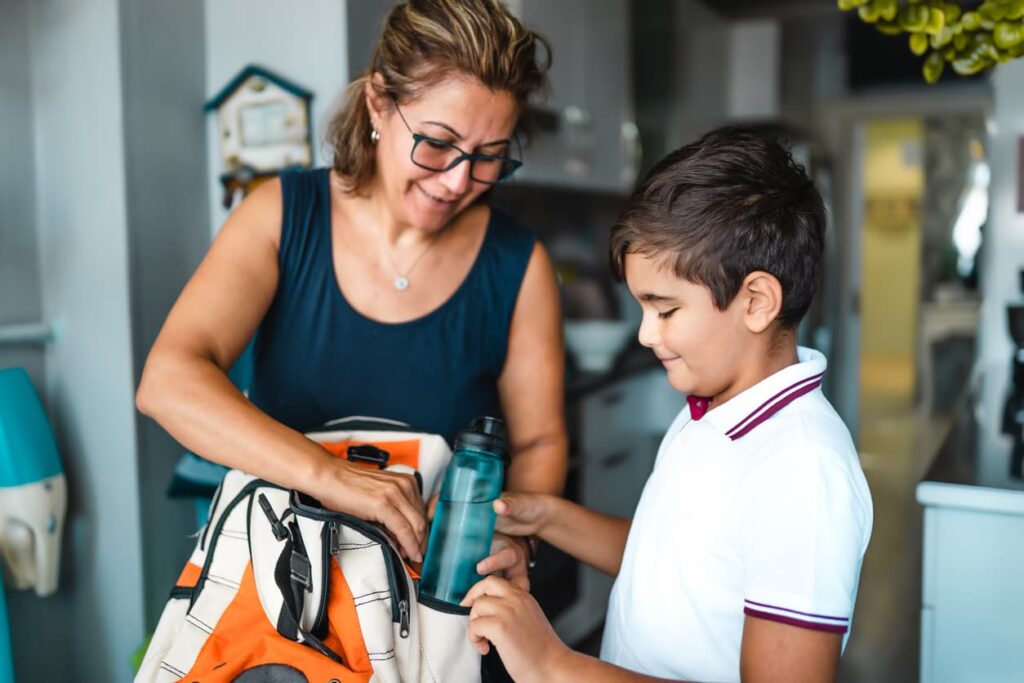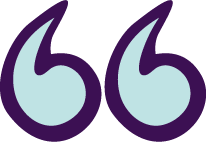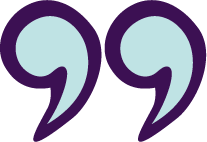Your child’s education journey is full of transitions, such as new teachers, moving up a grade each year, and day-to-day timetable changes. Planning can help to set your child up for success.
Plan ahead
Before the end of each school year, plan the transition to the next year with your child’s educators. This is very important for the start of primary and secondary school and is helpful to do every year. It’s also good to talk about transitions at Student Support Group meetings.
Reasonable adjustments to support transitions
Schools are legally required to support your child’s access and participation by making reasonable adjustments. The specific adjustments will differ depending on the student’s disability, strengths and challenges, and the nature of the transition.
You know your child best and can suggest what will work for them. You don’t need to have all the answers. Teachers can share what has been successful for previous students, and your allied health therapists can suggest what might work well for your child:
- Extra orientation visits
- Arriving at the classroom before everyone else
- Knowing which class and teacher they have for the following year before it is announced publicly
- Placing your child with children that they connect with
- Having photos of the classrooms, library, playground, school fences, gates, and signs
- A visual schedule of what will happen during the orientation visit
- A visual schedule of what will happen on the first day
- A colour-coded map of the school
- A colour-coded timetable for week one
- Meeting teachers and setting up equipment on the student-free days at the start of term
- Receiving a phone call from their classroom teacher the day before school starts
Support with daily transitions
What schools can do
Schools can make reasonable adjustments which can be either school-wide or within the classroom:
- A visual schedule
- A colour-coded timetable
- A visual timer to show when an activity is about to end
- Music to mark the start or end of an activity
- Ensure equipment, books, trays, and lockers are easy to reach, away from distractions
- Putting your child in the first (or last) group that packs up or moves on to the next activity
- Establishing a dedicated spot to stand when waiting to enter the classroom
- Social stories
- A plan for what happens if your child’s classroom teacher is away
- The school sends a text message to let you know the teacher is away
What families can do
Sharing key information about your child with the school can help ease transitions. Examples of this could be:
- Things your child likes and values
- Things that upset your child or affect their focus
- Things that calm your child or make them feel secure
- A list of your child’s strengths
- Supports that help your child stay safe and engaged
- Signs that show when your child is engaged or stressed
It’s good for your child to add their own examples and thoughts to this list. Encourage them to help share important things about themselves, as this will make transitions easier for them.






